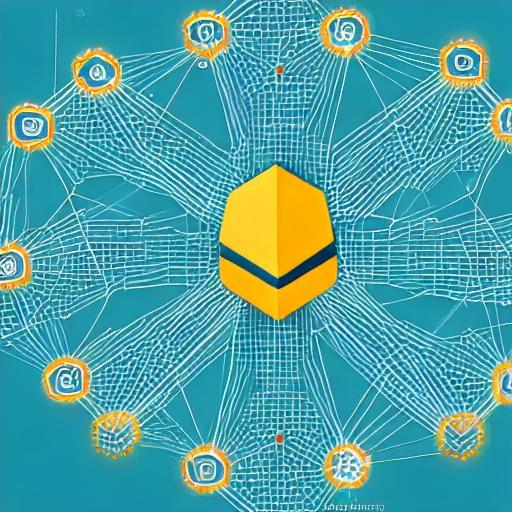Ethereum, the revolutionary blockchain platform, has become an integral part of the cryptocurrency landscape. It all began with Vitalik Buterin, a Canadian programmer, and his vision to create a decentralized platform that could support smart contracts and decentralized applications (dApps).
In late 2013, Buterin outlined his idea in the Ethereum Whitepaper and highlighted the limitations of Bitcoin, the first and most well-known cryptocurrency. Bitcoin’s blockchain served as a decentralized ledger for financial transactions, but Buterin saw an opportunity to expand its functionality. He believed that blockchain technology had the potential to support more than just transactions. Thus, Ethereum was born.
In 2014, Buterin co-founded Ethereum and launched a crowdfunding campaign to raise funds for the project. Inspired by Bitcoin’s success, this initial coin offering (ICO) allowed enthusiasts and investors to buy Ether (ETH), the native cryptocurrency of Ethereum, in exchange for Bitcoin and other cryptocurrencies. The campaign successfully raised over $18 million, signaling strong support for the vision behind Ethereum.
The Ethereum blockchain was designed to not only enable financial transactions but also to execute smart contracts. Smart contracts are self-executing agreements that automatically execute predefined terms when specific conditions are met. These contracts eliminate the need for intermediaries and make transactions more efficient, transparent, and secure.

Ethereum’s architecture consists of a decentralized network of computers, known as nodes, that collectively maintain a shared record of all transactions and smart contracts. This distributed nature ensures the integrity and security of the platform while preventing any central authority from having control.
As Ethereum gained popularity, developers from around the world started building dApps on the platform. These decentralized applications offer a wide range of services such as decentralized finance (DeFi), gaming, decentralized exchanges, and more. DeFi, in particular, has emerged as a powerful use case for Ethereum, allowing users to access financial services without the need for traditional intermediaries like banks.
Ethereum’s native cryptocurrency, Ether (ETH), plays a crucial role within the ecosystem. It is used as a medium of exchange for transactions on the platform, as well as a means to power smart contracts and dApps. Additionally, Ethereum’s programmable blockchain enables the creation of new tokens through Initial Coin Offerings (ICOs) and Initial Exchange Offerings (IEOs), fueling the growth of the cryptocurrency market.
Despite its success, Ethereum has faced challenges along the way. One of the main concerns has been scalability. As more users and dApps join the network, the capacity to process transactions becomes strained, resulting in high fees and slower confirmation times. To address this issue, Ethereum has been undergoing a major upgrade known as Ethereum 2.0, which aims to improve scalability, security, and sustainability.
With Ethereum 2.0 on the horizon, the potential for Ethereum and decentralized finance continues to grow. The rise of Ethereum has paved the way for a new era of financial innovation and has shown the world the power of blockchain technology. From its humble origins as a whitepaper to its current status as a leading blockchain platform, Ethereum has transformed the way we think about finance and the possibilities of a decentralized future.
